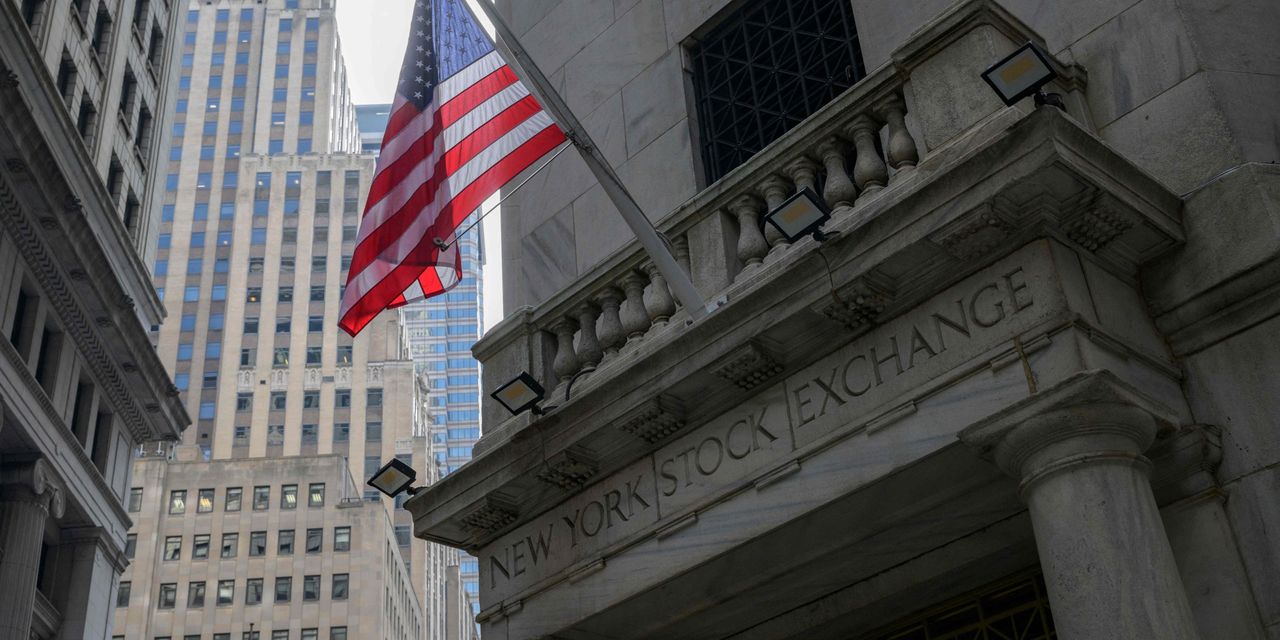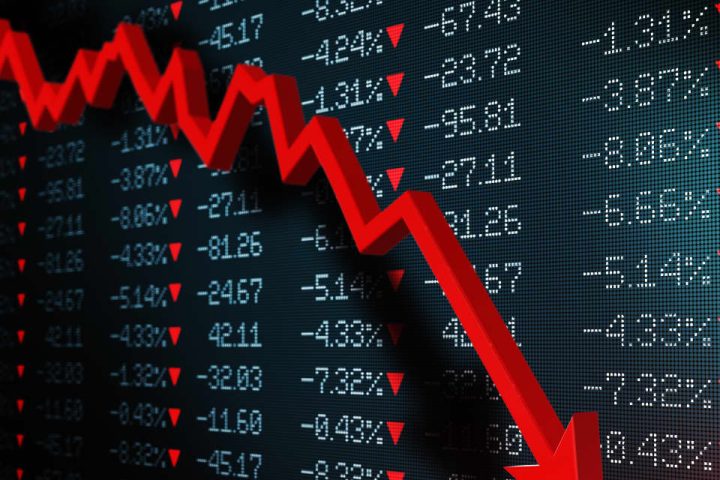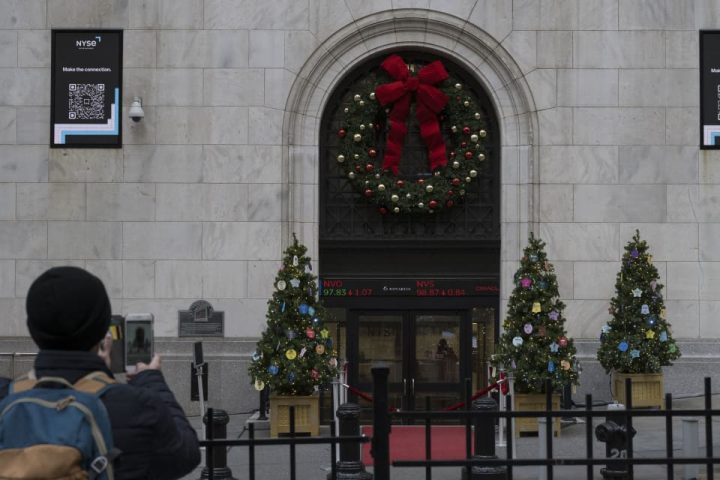The U.S. equities market appears set for a rally in the fourth quarter after weakening in the past two months, with megacap stocks potentially leading the way up, according to a portfolio manager at Morgan Stanley.
“The ideal setup going into earnings season is when there’s a high level of worry, which there is now,” said Andrew Slimmon, a senior portfolio manager for U.S. equities at Morgan Stanley Investment Management, in a phone interview. “The worst setup going into earnings is when the market is red hot and ripping higher.”
Companies are heading into earnings season for the third quarter, with major Wall Street banks scheduled to kick off reporting on Friday, after the S&P 500 index suffered losses in August and September. Surging Treasury yields have recently hurt the U.S. stock market amid investor anxiety over the Federal Reserve potentially keeping interest rates higher for longer.
“The economy is slowing, but I don’t think it’s falling off a cliff,” said Slimmon. “People have jobs,” he said. And “when I listen to companies, they’re still looking for workers.”
Read: Jobs report shows big 336,000 gain in hiring in September. Labor market still hot.
Meanwhile, long-term Treasury yields have been retreating this week from levels seen after their rapid surge rattled equities, taking some pressure off the U.S. stock market. A lot of investor attention has been focused lately on the Treasury market’s yield curve, which remains inverted despite a a so-called “bear steepening”.
The yield curve becomes inverted when shorter-term interest rates are higher than longer-term ones, a positioning in the bond market that historically has preceded a recession. The recent bear steepening resulted from long-term Treasury yields climbing as prices of the bonds suffered, while shorter-duration rates remained relatively flat.
“I would be far more worried if yields were dropping” on concern that the U.S. economy was quickly sliding into a recession, said Slimmon. A plunge in two-year Treasury yields on the short-duration end of the yield curve would be a signal that investors were anticipating that the Fed may cut interest rates because “there’s a problem out there and the economy is teetering,” he said.
Traders in the federal-funds-futures market are expecting the Fed will decide at its November policy meeting to hold its benchmark rate steady at its current level of 5.25% to 5.5%, according to the CME FedWatch Tool. Fed-funds futures also pointed on Wednesday to the Fed keeping its policy rate at the level at its meeting in December.
The yield on two-Treasurys
BX:TMUBMUSD02Y
was trading up four basis points at 5% on Wednesday afternoon, while longer-term rates were falling, according to FactSet data, at last check. Ten-year Treasury yields
BX:TMUBMUSD10Y
were down six basis points, at 4.60%, after recently reaching a 16-year high.
Whether the inverted Treasury yield curve re-steepens because two-year rates are dropping or 10-year yields are going up, both scenarios could be interpreted as a signal that the U.S. is heading towards a potential recession, according to Slimmon.
The yield curve univerting because of a climbing 10-year Treasury yield may have “a longer tail” in terms of preceding a recession, he said, but “ultimately that’s a bad sign also because it snuffs out the ability of companies to continue to invest in their businesses.” That’s because higher 10-year yields translate into higher financing costs for corporate borrowers.
Read: Yardeni raises odds of a recession after Hamas attack on Israel
Big tech to lead stock higher?
The seven megacap stocks sometimes collectively referred to as Big Tech may lead a fourth-quarter rally in U.S. equities partly because they generate a lot of cash, with the market appearing to like that “they aren’t dependent on the bond market for growth,” said Slimmon.
“I think that’s why those stocks have done better than, say, consumer staples or utilities,” which are traditionally defensive sectors, he said. Slimmon, who has been underweight those two areas of the stock market, said that high rates available in the bond market have meanwhile made their dividend yields less attractive.
The S&P 500’s consumer-staples stocks
XX:SP500.30
have broadly slumped 2.8% so far in October, while the index’s utilities sector
XX:SP500.55
is up 0.9% this month, according to FactSet data, at last check.
So-called Big Tech stocks include Apple Inc.
AAPL,
Microsoft Corp.
MSFT,
Google parent Alphabet Inc.
GOOG,
GOOGL,
Amazon.com Inc.
AMZN,
Nvidia Corp.
NVDA,
Facebook parent Meta Platforms Inc.
META,
and Tesla Inc.
TSLA,
are outperforming the S&P 500 so far this month.
These seven giant companies trade under various sectors in the S&P 500 including information technology, consumer discretionary and communication services.
“I think they’re going to lead through the rest of the year,” Slimmon said of Big Tech.
As for corporate earnings season, Wall Street banks including JPMorgan Chase & Co.
JPM,
Citigroup Inc.
C,
and Wells Fargo & Co.
WFC,
are expected to kick off third-quarter earnings on Friday.
Dave Sekera, chief U.S. market strategist at Morningstar, said in emailed comments on Tuesday that he expects companies’ third-quarter earnings will “generally be very strong,” but cautioned the banking sector could show growth slowed compared to consensus estimates. “Banking has been under pressure the past couple of quarters,” he said.
Read: Why bank stocks are the ‘Achilles’ heel’ of markets as bears worry high bond yields may ‘break’ something
Slimmon expects that third-quarter earnings results for companies broadly will be “ok.” And while higher Treasury yields and oil prices
CL00,
and a stronger U.S. dollar
DXY
recently weighed down U.S. stocks, those three areas appear to be starting to “at the very least moderate,” he said.
Investors are meanwhile waiting for data from the consumer-price-index, scheduled for release on Thursday before the U.S. stock market opens, for a reading on U.S. inflation in September.
“I think the trajectory will continue to point towards inflation coming down” year over year, said Slimmon. “At least for now, I think that will be warmly greeted by equities.”
The U.S. stock market was trading mostly higher on Wednesday afternoon, with the S&P 500
SPX
up 0.2% while the tech-heavy Nasdaq Composite
COMP
rose 0.4% and Dow Jones Industrial Average
DJIA
traded about flat, according to FactSet data, at last check.
Read the full article here







